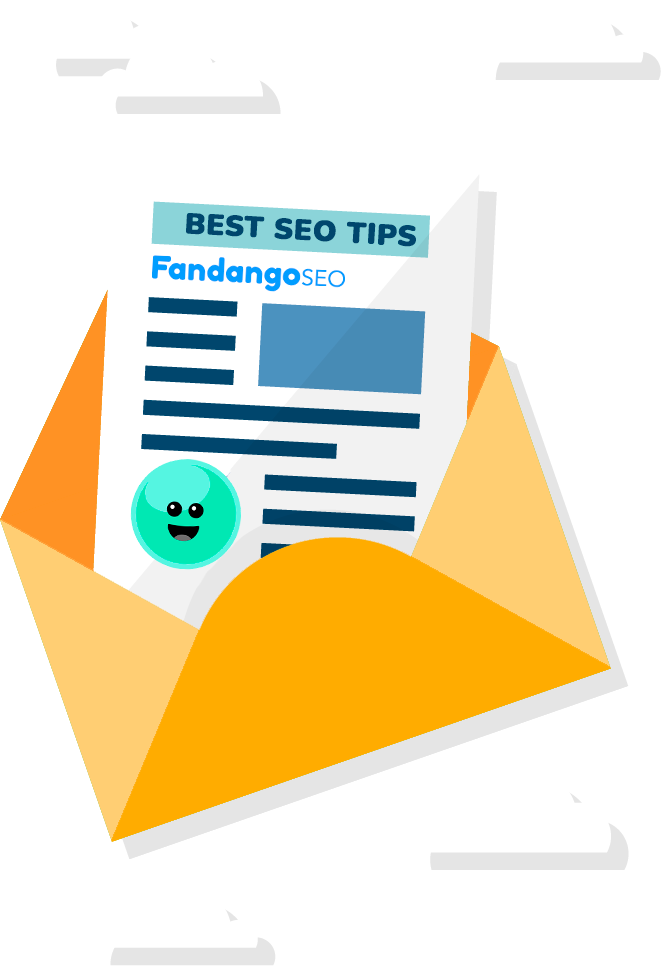Nowadays, we’re all used to getting things instantly- we can access any information we want, and sometimes there’s even too much of it. That’s why we want every experience to be the best and fastest possible solution, and since there are so many options to choose from, we just want the greatest one… now.
With this general attitude, it isn’t surprising that a website has to pay a lot of attention to how much time the information takes to appear, right? Especially today, more than ever that Google has the Core Web Vitals as a ranking factor.
What is Page Speed?
The page speed is the time it takes for a website to display all the content on a page, also known as page load time. What also affects the page speed is the time to first byte, this is how long it takes for the user’s browser to receive the first byte of data from the web server.
The page speed depends on several factors, and the majority can be optimized for better website performance.
Solutions to improve Page Speed:
- Use a CDN:Using a Content Delivery Network is highly recommended to speed up the page load. It involves having your information everywhere around the globe, ready to be displayed in any country. It reduces the time a server takes to send the data to a browser farther away. As the name indicates, it is a server network that hosts your static files for faster delivery.
- Minify HTML, CSS, JS: These are the previously mentioned “static files”, which contain all the information of your page- content, formatting, and connections. When Google suggests you minify a file, it means deleting all the useless information such as comments inside the code, extra lines or spaces, etc. Having fewer lines of code to read will help the spider crawl the website much faster.
- Browser Caching: Browsers can store files in order to make pages load faster when users revisit them.
- Optimize Images: You need to compress images to the smallest size possible without compromising quality. Original images shouldn’t weigh more than 70kb and 10kb for thumbnails. Look at how much your images weigh and you’ll be amazed to see how much speed improvement you can get just by reducing their size!
- Enable Gzip: This is as important as minimizing files. Once you’ve made sure all the above have been reduced to the minimum, the next step is to gzip the files: compress them.
- Improve First Time Byte: We’ve already introduced this term. We want to reduce the time it takes for the browser to receive the first byte of information from the server by improving the backend code or buying faster servers.
- Track your Core Web Vitals: Monitoring your CWV metrics will allow you to identify any performance issues quickly. You can easily do this by using an SEO tool like FandangoSEO, which instantly shows you if your pages have a good, average, or poor web performance.
Is Page Speed a Google Ranking Factor?
One of the search engines’ functions is to recreate users’ behavior and determine whether a page is relevant or not, looking at the user experience, content quality, etc. Therefore, it’s quite obvious that if a visitor gets frustrated after waiting for a page to load, a Google bot will also treat that page as non-user friendly.
The page loading speed is, therefore, an important page ranking factor and it is crucial to reduce it for 2 reasons:
- If a page has a long loading time, the spider from Google that crawls the webpage will need too much time to visit the whole site and will finally abandon it before having indexed all the pages, which affects the ranking.
- A slow page increases the bounce rate, as a visitor does not want to wait for the page to load, and leaves.
How does Page Speed impact your SEO?
As users are less likely to stay on a website that takes too long to load, Google will penalize it for being too slow, assigning a bad position on the search results. This is why we state that page speed is indeed a ranking factor.
It is also proven that a fast website helps drive more conversions because it doesn’t make users wait too long for a purchase or any online transaction. As we said, there are so many options on the Internet that if a page is too slow users will just jump to another website that offers better performance and ultimately, a better experience.
How to test your page speed
There are many ways to test the website speed. You can either type in the website URL and get actionable tips in one click, or perform a more accurate search to get details about optimizing the page speed.
Let’s look at some tools to check your Page Speed:
- Pagespeed Insights: This tool was created by Google Developers to spot the main issues that slow down a website’s loading time and help developers fix them easily. The inputs are very actionable, as it suggests the changes in detail by listing the affected pages.
- Webpagetest.org: This one helps you be more precise with your query as there are different parameters. For example, you can select a country (or even state if you’ve got visitors from the US) and choose the device (because they’ll process data at different speeds).
- GTMetrix: Finally, this tool offers many features to test webpage speed and learn about its performance. The data is presented in a very visual way and can be monitored.
You can also check the page speed of your pages and many more features with the FandangoSEO crawler.
